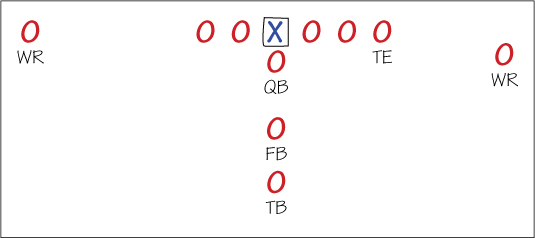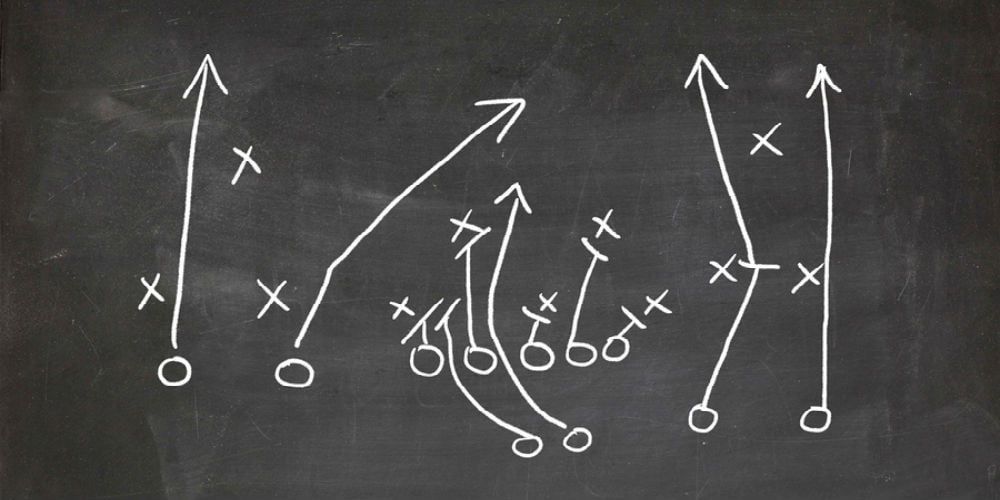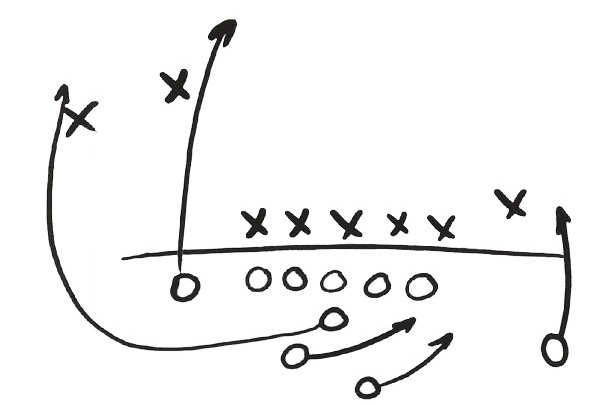

Yard lines are identified with two rows of white numbers painted inside each sideline at 10-yard intervals (with some venues such as Tiger Stadium also marking 5-yard intervals, and some such as Sanford Stadium marking the goal line as "G") the numbers 10 through 40 also include an arrow indicating the nearer goal line. Each yard line is said to "belong" to the team defending the closer end zone for example, during a period where Team A is defending the north end zone and Team B is defending the south end zone, the 25-yard line closer to the north end zone is said to be Team A's 25-yard line. When moving away from one goal line, the yard line numbers increase from 1 to 50 (midfield), then decrease back to 1 approaching the opposite goal line. Yard lines Ī yard line refers to the distance of some point on the 100-yard field of play – usually the line of scrimmage or the spot where a play ends – from the nearest goal line. Amateur fields may also have shorter goal posts or a wider space between the goal posts. Goal posts must be yellow in the NFL unless waived due to extraordinary circumstances collegiate fields may have yellow or white goal posts. The NFL requires a ribbon to be attached to the top of each goal post to indicate wind direction and speed. Other amateur fields, particularly at the high school level, may have H-shaped goal structures with two support posts anchored to the ground directly below the crossbar on fields used for multiple sports these goals may double as soccer goals at the appropriate regulation width for that sport, along with the goal structure behind it and netting. All NFL fields and many collegiate and amateur fields have slingshot-shaped goal structures, with a single gooseneck-shaped support post anchored to the ground out of bounds. The goals are where field goals (including rare fair catch kicks) and extra points after touchdowns are scored. Other variants of American football such as nine-man or arena football typically use smaller fields with smaller end zones.Ī goal is centered on each end line, consisting of a horizontal crossbar 10 feet (3.0 m) above the ground and aligned with the inside edge of the end line, with vertical goal posts (colloquially "uprights") at each end of the crossbar 18 feet 6 inches (5.64 m) apart and extending at least 35 feet (11 m) above the crossbar.

This article mainly describes the field used in the National Football League, college football, and other leagues playing (traditionally) outdoor 11-man football. For a few years in the early 20th century, lines perpendicular to the lines at 5-yard intervals spanned the length of the field, giving it a checkerboard-like appearance. This appearance led to the use of the term gridiron in the 1880s. Between the goal lines, additional lines span the width of the field at 5-yard intervals. There is a goal centered on each end line, with a crossbar 10 feet (3.0 m) above the ground and goalposts 18 feet 6 inches (5.64 m) apart extending at least 35 feet (11 m) above the crossbar.

#Football x and o sheet full#
When the "football field" is used as unit of measurement, it is usually understood to mean 100 yards (91.44 m), although technically the full length of the official field, including the end zones, is 120 yards (109.7 m). In addition, there are end zones extending another 10 yards (9.144 m) past the goal lines to the "end lines", for a total length of 120 yards (109.7 m). The field may be made of grass or artificial turf. The rectangular field of play used for American football games measures 100 yards (91.44 m) long between the goal lines, and 160 feet (48.8 m) (53.3 yards) wide. Diagram of an early 20th century version of an American football field.


 0 kommentar(er)
0 kommentar(er)
